The Easiest and Best Way to Clean a Washing Machine
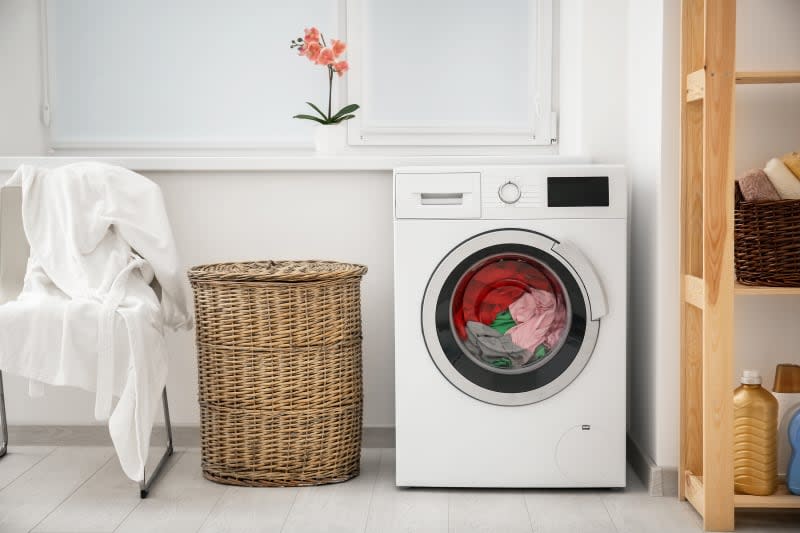
Despite all the water and detergent that sloshes through it regularly, your washing machine needs regular washing of its own. The task is not as laborious as it sounds, though. All you need is a few ingredients and a block of time when you don’t need the machine for doing actual laundry. Here’s how to clean a washing machine.
Differences Between a Top-Load vs. Front-Load Washing Machine
Although their designs are different, you’ll need to clean your washer whether it’s a top-load or a front-load machine. The main differences between the two are the gasket and the agitator, both of which need some TLC from time to time.
A top-load machine has an agitator that churns the water and the clothes during a wash. This component will need a good wipe-down from time to time; in fact, you might even be able to remove it for easier washing, but do check the owner’s manual before attempting it.
A front-load machine has a rubber gasket that seals the door shut when in the locked position. This tends to collect hair (both pet and human), detergent residue, and even the occasional sock, so you’ll want to spend some time scrubbing it down.
What You’ll Need to Clean a Washing Machine
Although the cleaning methods are different, the ingredients are the same to clean both a top-load and a front-load washing machine.
White distilled vinegar
Baking soda
Soft cloth
Toothbrush (optional)
How to Clean a Front-Load Washing Machine
Haven Polich, product manager at the Scandinavian appliance company ASKO, shares this easy DIY method of cleaning a front-load washing machine.
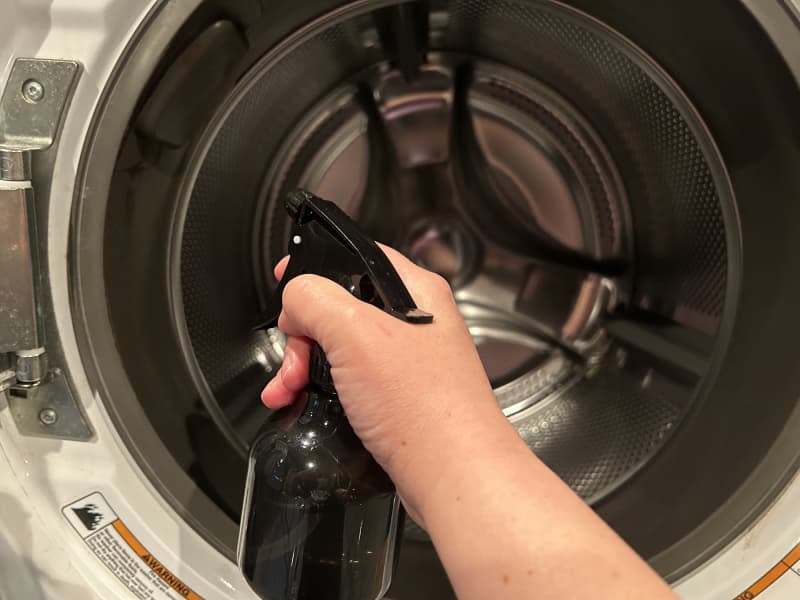
Step 1: Spray the gasket with vinegar.
Fill a spray bottle with white vinegar and spritz it all over the gasket — that’s the black rubber seal that covers the rim of the washer opening. It tends to get grimy over time, plus it’s been known to eat socks, so you might be surprised by what you find there.
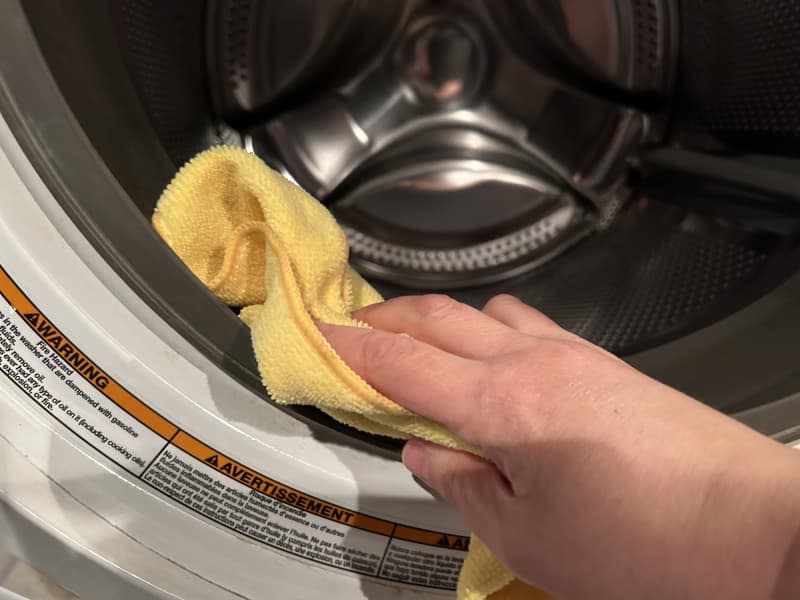
Step 2: Wipe the gasket with a damp cloth.
Dampen a cloth and wipe down the gasket you just sprayed with vinegar.
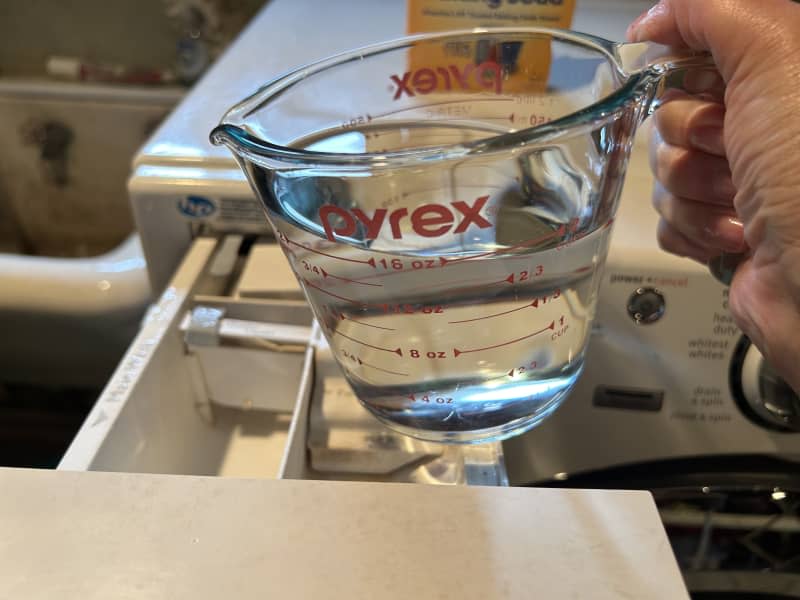
Step 3: Run a hot wash cycle with vinegar.
Pour two cups of vinegar into the detergent dispenser and run a wash cycle with the temperature set to the hottest level.
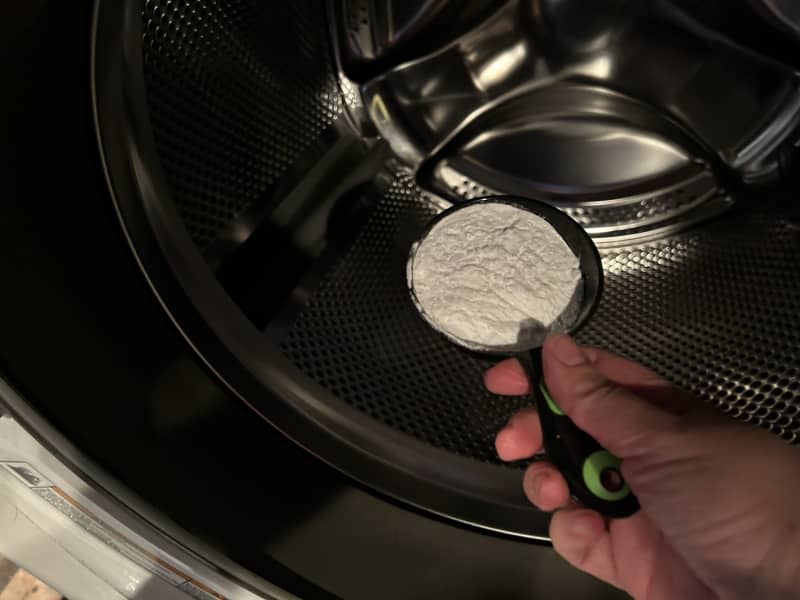
Step 4: Run a wash cycle with baking soda.
Sprinkle half a cup of baking soda directly into the drum, then run another hot wash cycle.
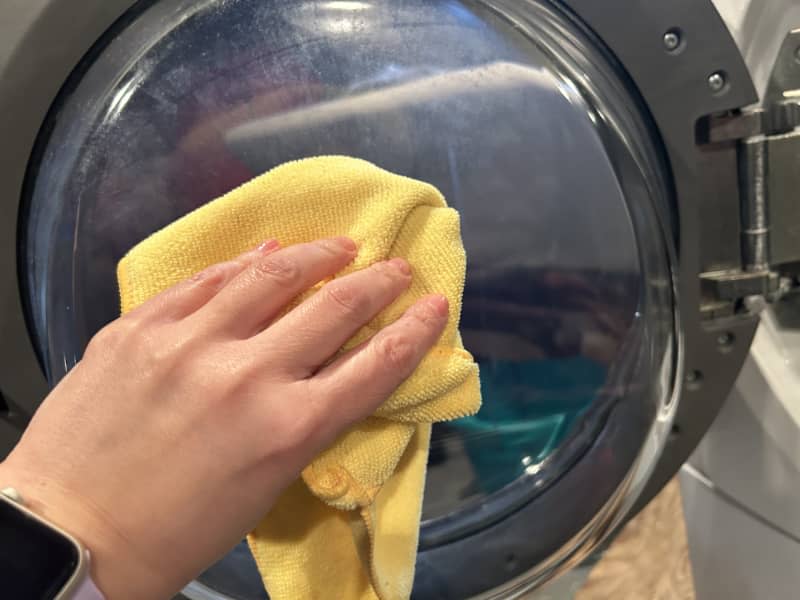
Step 5: Wipe the interior.
After the baking soda cycle ends, open the washer and wipe the door and interior with a damp cloth. Make sure to keep an eye on when the wash cycle ends. Sometimes, the machine will have difficulty when there’s nothing in the machine and you could get an error message — as well as keep the wet interior locked up, which could lead to mold.
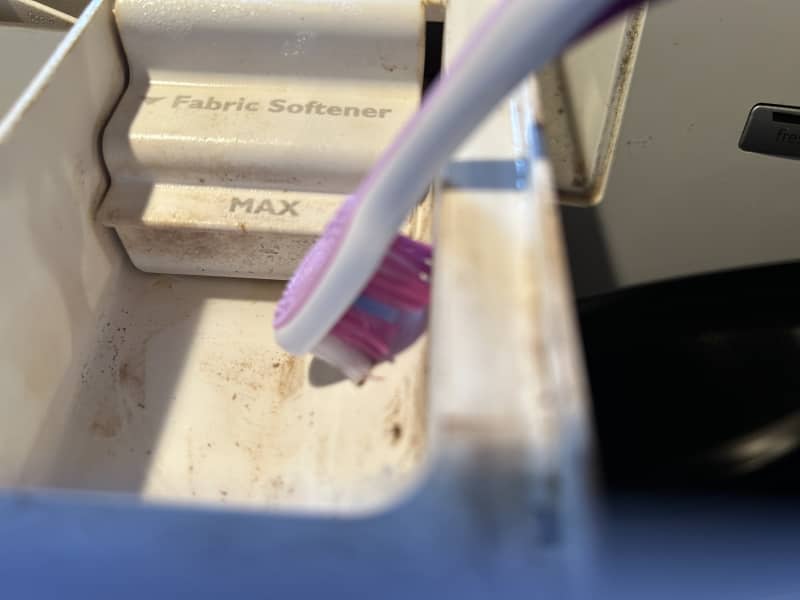
Step 6: Clean out other components.
Now that the interior of the washer is nice and clean, it’s time to address the rest of the machine. Wipe down the smaller components, like the detergent and fabric softener dispensers, filters, and hoses. Polich recommends using a damp cloth or a toothbrush to get into any hard-to-reach spots.
How to Clean a Top-Load Washing Machine
To clean a top-load washing machine, set it to the biggest load size and hottest temperature. Start the cycle and let it run for a moment, then open the lid and pour in a quart of white vinegar. Close the lid and let the agitator work the vinegar/water mixture for about a minute. Then, open the lid again and let the water just sit there for an hour to disinfect the washer tub.
During that hour, clean out any small parts like the dispenser wells; remove them if you can to give a good scrubbing. Clean the top of the agitator and around the tub’s rim. Wipe down the exterior of the machine. When the hour is up, close the lid and let it resume. After the cycle stops, run another one on hot — this time with a cup of baking soda. Open the lid and let the interior air dry. You’re ready for your next load of laundry.
How to Get Rid of Smells in Your Laundry
If your machine or clothes are stinky even after you’ve gone through the above steps, it’s time for further exploration.
For starters, consider your clothing. Did you have them in a damp or sweaty pile for days? If so, you’ll need to air out clothing or at least let it dry fully before adding it to your hamper because odors and mold like to breed in warm, confined spaces.
If your hamper and laundry habits are above reproach, then it could be your machine or the plumbing itself. In this case, call the company if your machine is still under warranty (otherwise, a handyperson well-versed in laundry) to get to the bottom of the odors.
It doesn’t take long to clean your washing machine, so make time to do it once a month. “Regularly cleaning your washing machine can help keep your clothes cleaner by preventing an accumulation of residues, as well as increase longevity of the machine,” says Polich.

